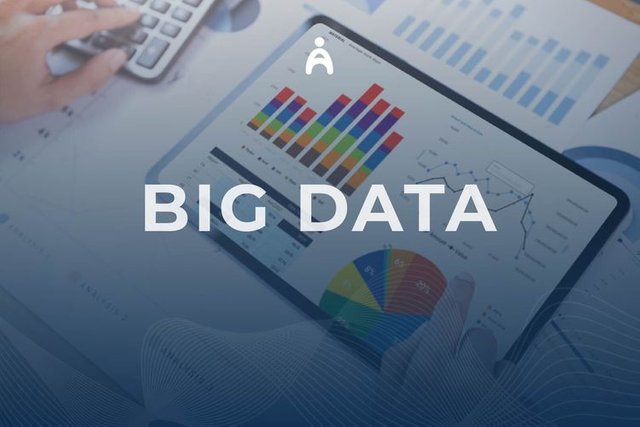Some people may now be familiar with Big Data, especially those in the fields of marketing, technology, research, and so on. Big Data is commonly associated with these fields. Literally, Big Data can also be referred to as big data, big data, or flash data, which means data on a large scale. However, the explanation is technically not that simple.
What is Big Data?
Big Data is the concept of grouping or collecting data on a large scale, which consists of various types of data, including structured, semi-structured, and unstructured data. Structured data is a type of data with a fixed format stored in one platform, such as employee salary data or financial transactions, which are created in spreadsheets and stored in Microsoft Excel or similar platforms.
While unstructured data, is a type of data with different formats and requires a special platform, such as NoSQL, to access and read the values. Examples of unstructured data are widely found on social media, such as Like activity, comments, number of followers, number of clicks, and so on. Finally, semi-structured data is a type of combined data between structured and unstructured data.
Then, semi-structured data is a type of data that has a fixed format, but requires a special platform to open it. For example, Log File data or user activity data logged by the operating system. Big Data is all that data collection on a much larger scale.
Big Data is usually collected by certain organizations or institutions, which are usually used and processed in various application programs. For example, such as deep learning programs (Deep Learning), predictive modeling, and other analytical applications.
The concept of Big Data came around the 2000s, which was introduced by an industry analyst, Doug Laney.
How big data works The large and highly variable amount of data in Big Data is stored in a special container, which usually uses big data storage, such as Hadoop, Cloud, or NoSQL.
The stored data can be collected through various sources in raw format, then filtered and processed so that it can appear as needed for the use of certain analytical programs. In other cases, the data in Big Data can also be pre-filtered using certain data collection and processing programs, so that it can be directly used for analysis.
Big Data processing requires large computing power as well, usually processing is carried out and distributed to several devices using a computer network scheme or Cloud. After the data is stored and processed, a data scientist or data analyst will analyze it using an analytical application. These experts must have a strong understanding of the data to be searched and analyzed in Big Data.
In this analysis process, these experts make a series of efforts to articulate the Big Data. Usually a data scientist or data analyst will perform filtering, validation, and transformation on the data set. Once the data is collected and prepared, these experts will start running applications that provide tools for analyzing big data, including deep learning applications, statistical analysis, predictive modeling, and so on.
Big Data cannot be a useful thing when there is no analysis process in it. With datasets at scale, then what is the use of Big Data?
Benefits and examples of Big Data
The benefits of Big Data can be felt in various fields, ranging from business, transportation, as well as academic or education. Examples can now be felt closely by some users. For example, the benefit of Big Data in business is that it makes it easier for business actors to market their products to users. Examples of Big Data that are often used by business actors are user activity data on social media, such as the number of likes, comments, and so on.
User activity data on social media is often used to decide what products to make or present to customers, as well as consideration in placing advertisements and creating marketing campaigns. This data collection can be obtained through several programs to analyze user activity on social media, such as Squarelovin, Pixlee, Crowdfire, and so on.
One application that can be an example of Big Data in this field is Google Maps. The Global Positioning System data source in Google Maps uses Big Data, including data from satellite imagery and data from authoritative institutions related to regional management. The data is collected, processed, and then displayed on the user's cellphone screen. As a result, users can see areas that are currently jammed on Google Maps and make directions
